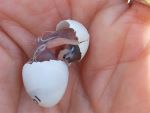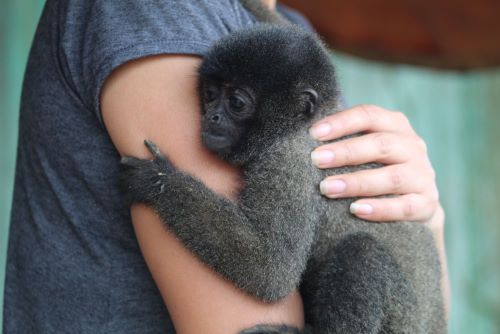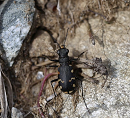The matching habitat choice hypothesis holds that individuals with different phenotypes select the habitats to which they are best adapted to maximize fitness. Despite the potential implications of matching habitat choice for many ecological and evolutionary processes, very few studies have tested its predictions. Here, a 26-year dataset on a spatially structured population of pied flycatchers is used to test whether phenotype-dependent dispersal and habitat selection translate into increased fitness (recruitment success). In this study system, males at the extremes of the body size range segregate into deciduous and coniferous forests through nonrandom dispersal. According to the matching habitat choice hypothesis, fitness of large males is expected to be higher in the deciduous habitat, where they preferentially settle to breed, while the reverse would be true for small males, which are more frequent in the coniferous forest. In the coniferous forest, males at the middle of the size range had higher fitness than both large and small-sized males. However, no clear trend was observed in the deciduous forest, where males of either size had similar fitness. These results do not provide positive support for the hypothesis' predictions and, therefore, a conclusive demonstration of its operation and occurrence in nature remains to be done. informacion[at]ebd.csic.es: Camacho et al (2015) Testing the matching habitat choice hypothesis in nature: phenotype-environment correlation and fitness in a songbird population. Evol Ecol 29: 873–886; DOI 10.1007/s10682-015-9793-4
http://link.springer.com/article/10.1007/s10682-015-9793-4

 Las altas temperaturas están provocando que las lagunas y las marismas de Doñana pierdan agua rápidamente
Las altas temperaturas están provocando que las lagunas y las marismas de Doñana pierdan agua rápidamente




